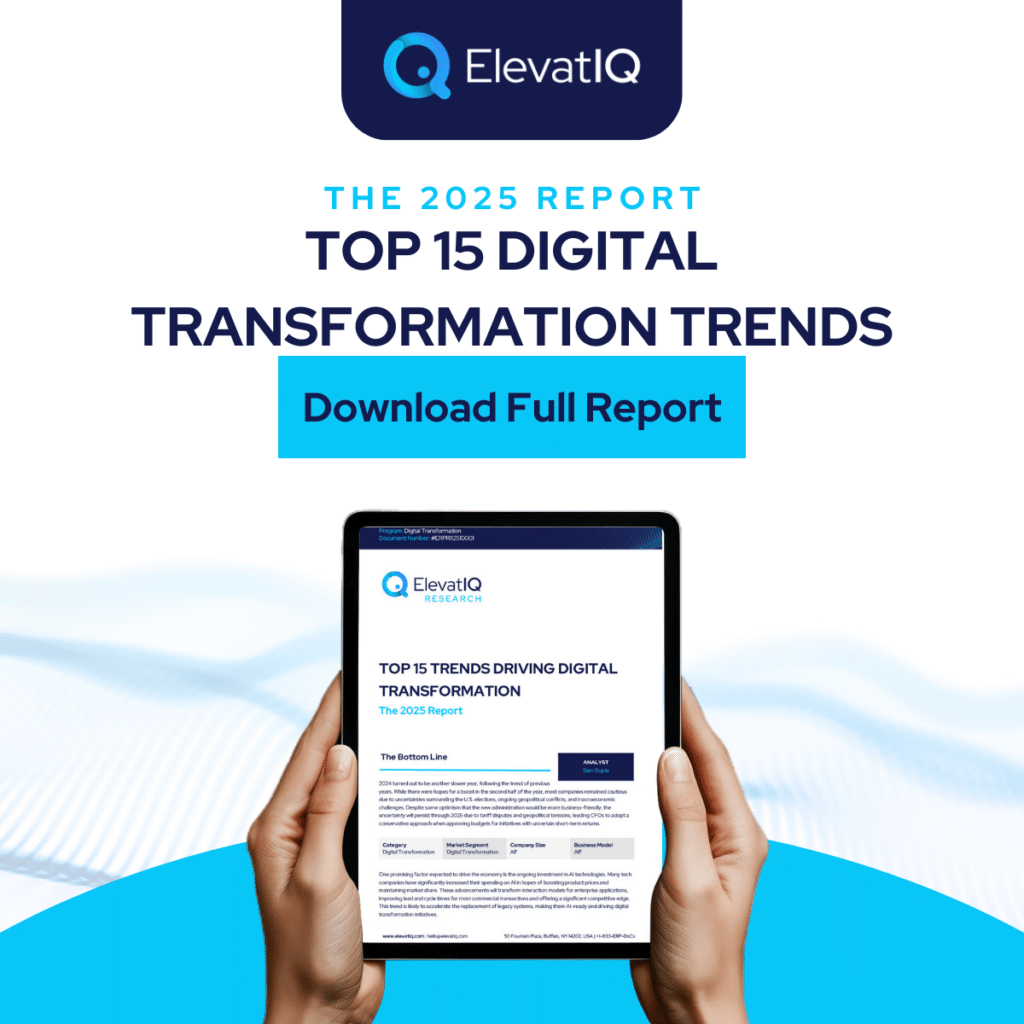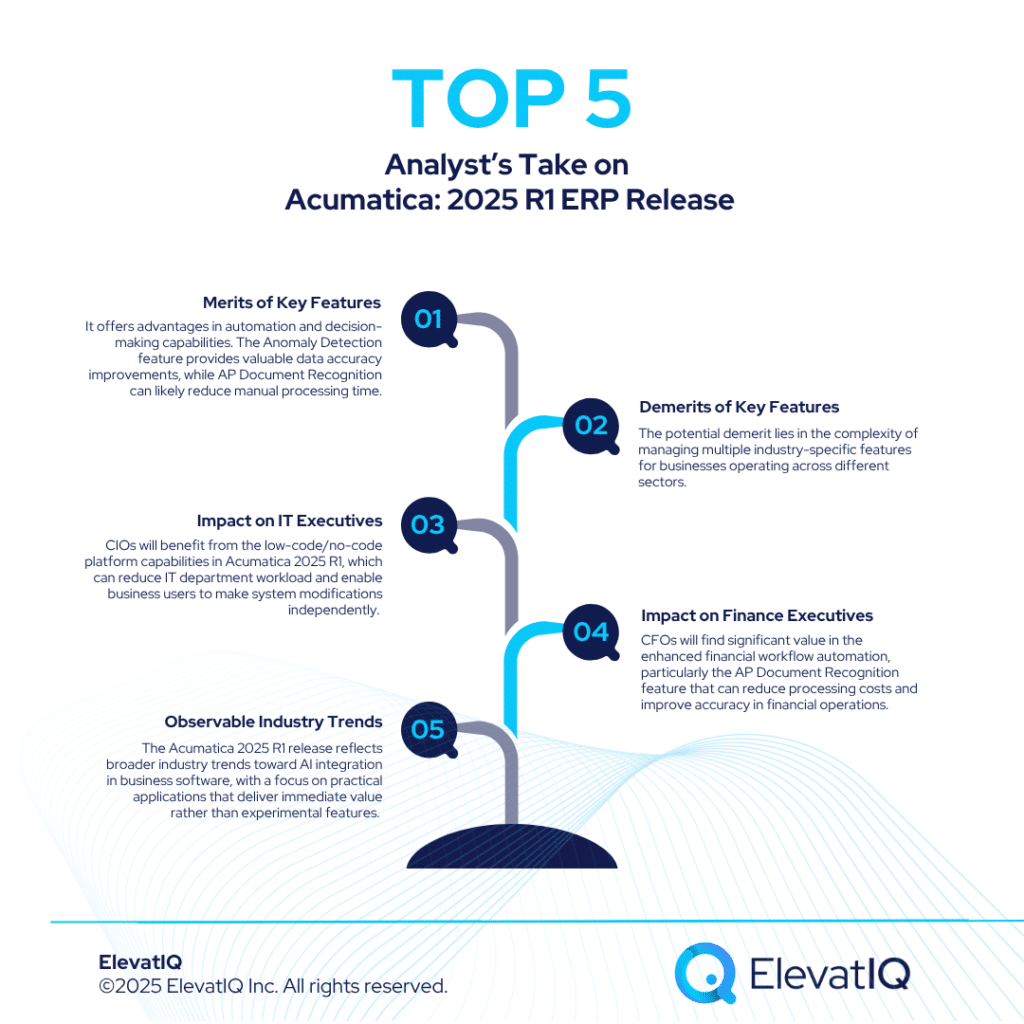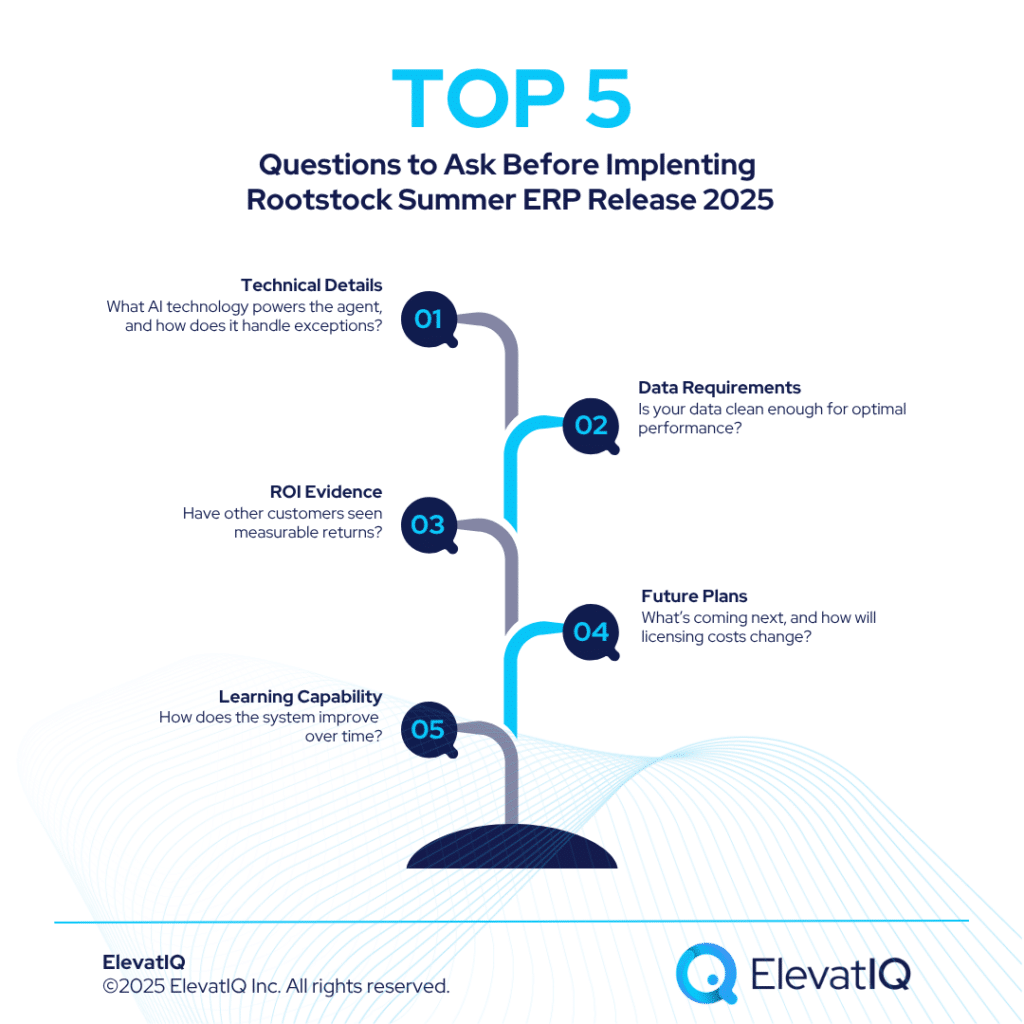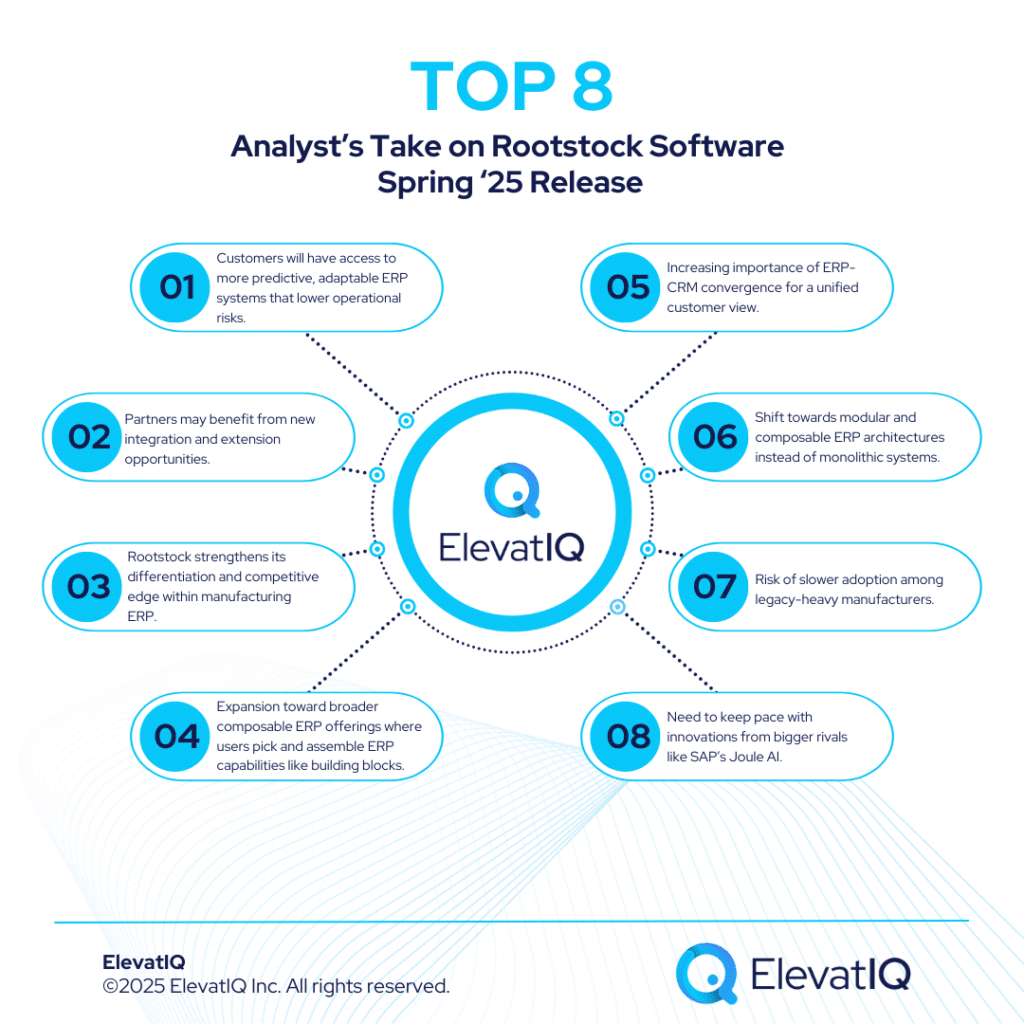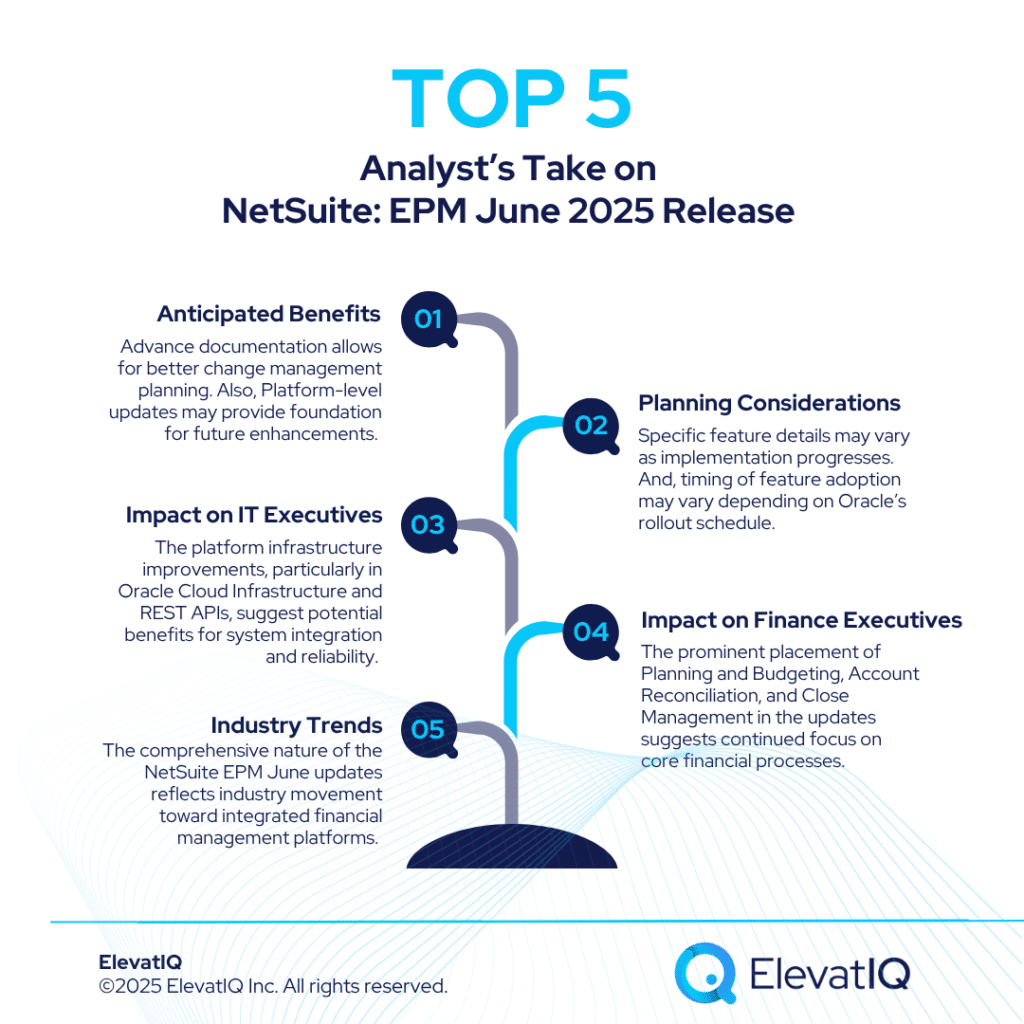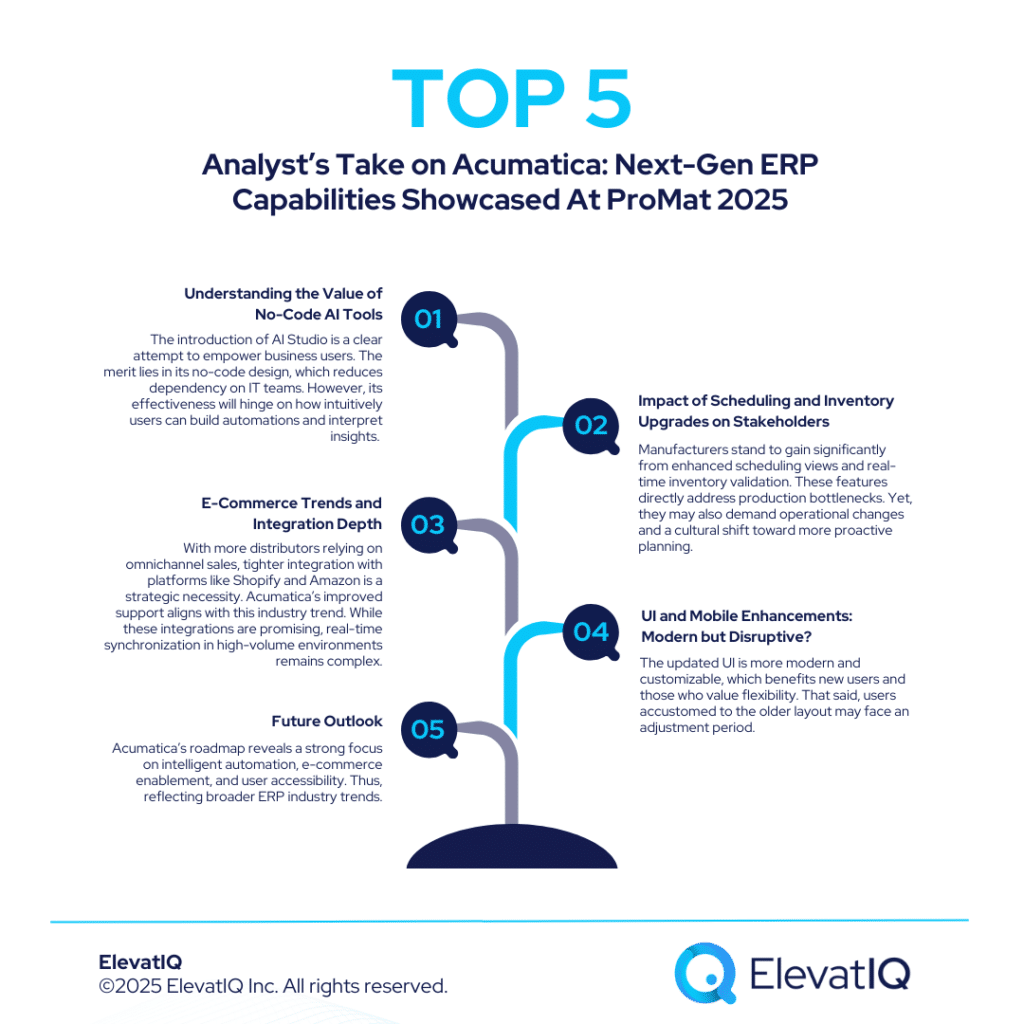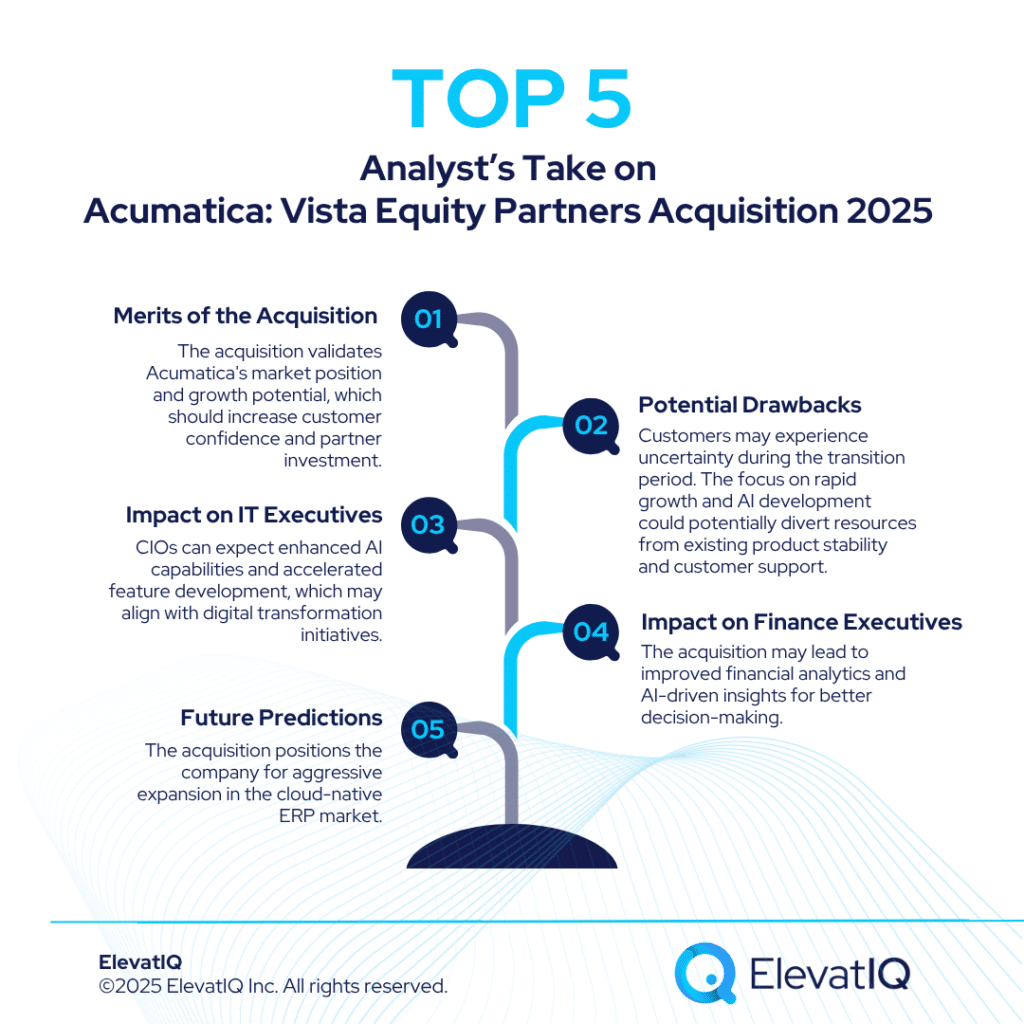Last Updated on June 10, 2025 by Shrestha Dash
Acumatica announced the general availability of its 2025 R1 product release. The Acumatica 2025 R1 update “delivers enhanced usability, industry-specific innovations, and AI-driven automation specifically designed for small and mid-sized businesses across key industries.” This release includes hundreds of updated features developed based on customer input and feedback, focusing on intuitive tools, streamlined workflows, and modern functionality to help businesses improve performance and maintain competitiveness.
Structured Breakdown of Key Features
Enhanced Usability for Operational Excellence
The Acumatica 2025 R1 release introduces substantial improvements to user experience through a more intuitive interface design. The platform features low-code/no-code capabilities that will likely enable businesses to simplify their operations without requiring extensive technical expertise. Users can view a list of modified forms across the system on one screen, which can help reduce time spent navigating between different sections.
The update also includes streamlined customization management, allowing users to quickly determine whether workflow modifications have been applied from any form. This enhancement makes the customization process more intuitive and likely reduces the complexity traditionally associated with ERP system modifications.
Industry-Specific Enhancements
Manufacturing Edition Improvements
The Acumatica 2025 R1 Manufacturing Edition introduces Production Orders by Build Capability, which provides improved visibility into material shortages while streamlining inventory validation processes. This feature is expected to address production delays by giving manufacturers better control over their supply chain management.
New Scheduling Views enhance visualization of production schedules, reducing inefficiencies and manual bottlenecks that commonly impact manufacturing timelines. These improvements will likely allow manufacturers to optimize their production planning and resource allocation more effectively.
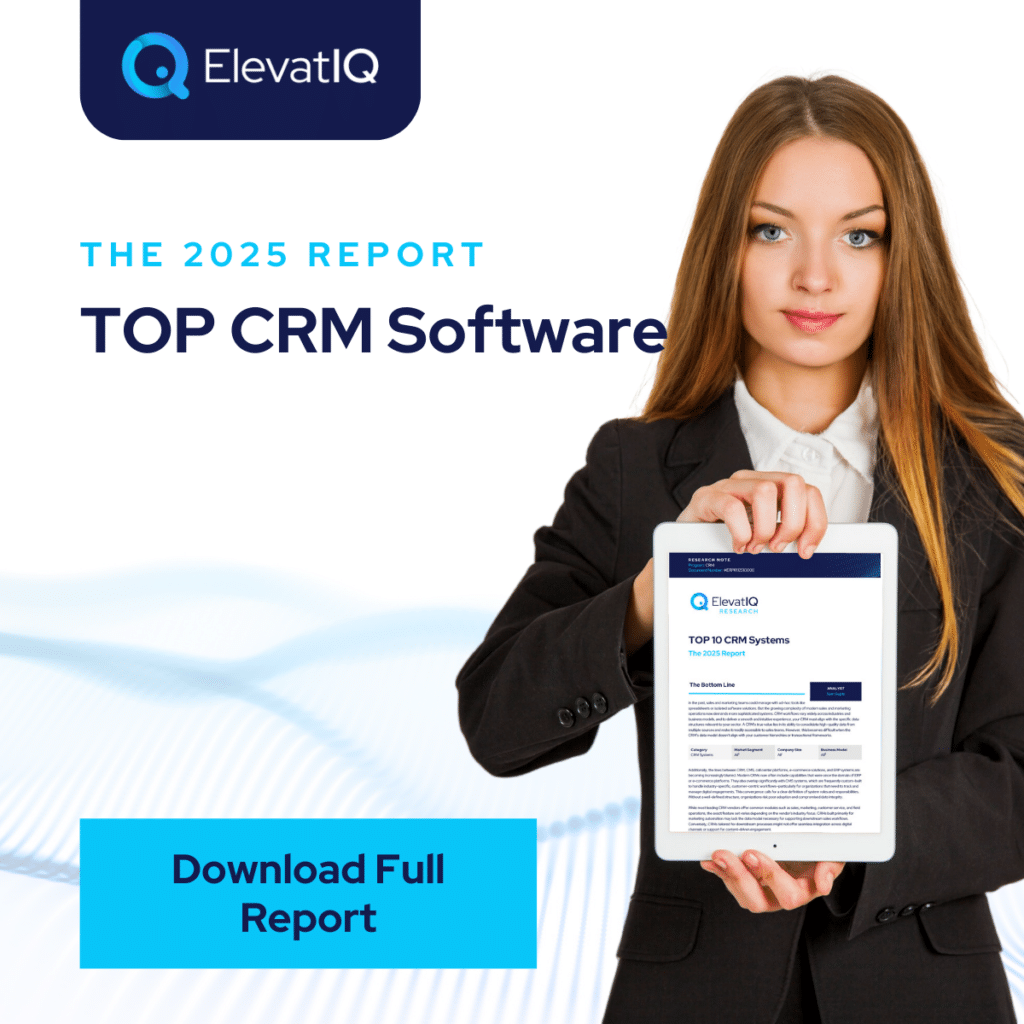
Distribution Edition Updates
The Distribution Edition in Acumatica 2025 R1 features Product Catalog and Pricing Control for Shopify integration, simplifying complex catalog management while supporting variable pricing models. This enhancement will likely enable buyer customization and streamline e-commerce operations for distribution companies.
The Selling Unique Products feature improves the system’s ability to capture detailed product characteristics such as condition, scratches, and warranty coverage. This functionality will likely make it easier for distributors to identify and sell one-of-a-kind inventory items with specific attributes.
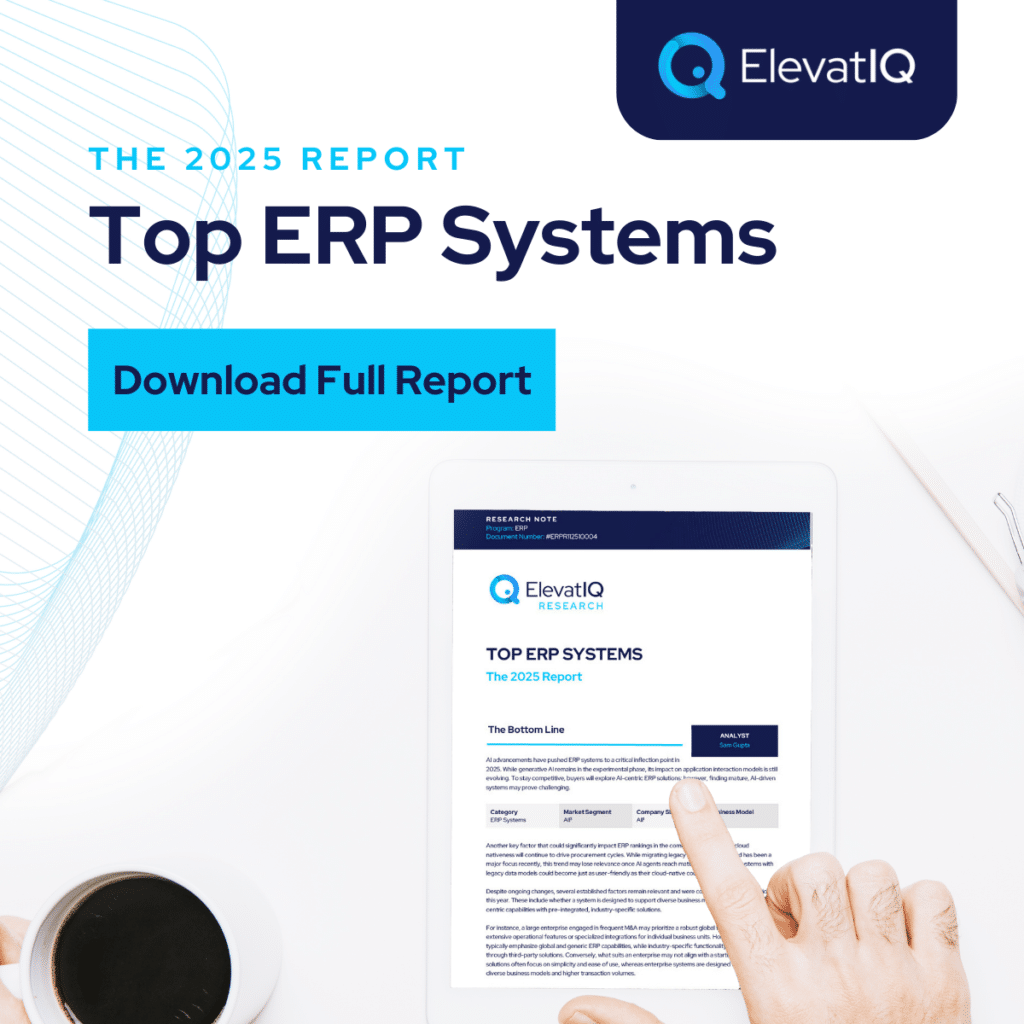
Retail Edition Enhancements
Acumatica 2025 R1 Retail Edition delivers improved Shopify integrations that enable order imports without importing customers, document imports in the default store currency, improved tax mapping, and better price list synchronization. These features address common challenges faced by retail businesses managing multiple sales channels.
Amazon Fulfillment Center Synchronization provides automated shipment syncing between Acumatica and Amazon fulfillment centers. Thus, reducing manual data entry and improving order fulfillment accuracy for retailers using Amazon’s logistics services.
Construction Edition Features
The Construction Edition in Acumatica 2025 R1 includes Progress Pro Forma with Time & Materials Detail. It is likely designed to help construction businesses decrease days in accounts receivable, increase billing volume, and accelerate income recognition. This feature addresses cash flow challenges commonly faced in the construction industry.
Project Information in AP Incoming Documents automates project recognition and subcontractor association. Thus, eliminating manual data entry requirements and reducing errors in project accounting processes.
Professional Services Edition Launch
Acumatica 2025 R1 introduces a comprehensive Professional Services Edition designed specifically for architecture, engineering, construction services, consultants, and IT professionals. This new edition is expected to enable firms to manage accounting, resource allocation, time and expense tracking, financials, service and support, and project management within a single platform.
The integrated Resource Planning and Project Scheduling feature connects project tasks to cost and revenue workflows. Thus, optimizing labor productivity and transparency while enhancing team collaboration capabilities.
AI-Powered Capabilities
The Acumatica 2025 R1 release includes AI-driven features delivered through Acumatica AI Studio. These capabilities are built around two key pillars: Insights and Automation. The Anomaly Detection feature is expected to improve data accuracy by identifying irregularities in business processes. While Accounts Payable Document Recognition is expected to streamline financial workflows by automating document processing.
These AI innovations are likely to empower users without requiring extensive technical expertise. Thus, ensuring businesses can leverage artificial intelligence to drive efficiency and make informed decisions. Built-in security measures protect sensitive information, ensuring AI-powered operations remain compliant and secure.

Common Questions Buyers Are Asking
Q: How does the AI functionality work without technical expertise?
Acumatica 2025 R1 delivers AI capabilities through AI Studio, which provides a user-friendly interface that doesn’t require extensive technical knowledge. The system is likely to include built-in security measures and is designed to integrate AI directly into existing business processes.
Q: What is the impact on existing customizations during the upgrade?
The new release includes improved customization management tools that allow users to quickly identify and manage workflow modifications. The enhanced visibility features will likely help ensure existing customizations are properly maintained during system updates.
Q: What training is required for the new AI features?
Acumatica 2025 R1 AI capabilities are designed to be intuitive and require minimal training. The system is expected to provide actionable insights and predictive analytics through user-friendly interfaces that integrate seamlessly with existing workflows.
Analyst’s Take
Customer Impact Assessment
Merits and Demerits of Key Features
The Acumatica 2025 R1 AI-driven features offer advantages in automation and decision-making capabilities. The Anomaly Detection feature provides valuable data accuracy improvements, while AP Document Recognition can likely reduce manual processing time. However, businesses must consider the learning curve associated with integrating AI into existing workflows and the potential need for data quality improvements to maximize AI effectiveness.
The industry-specific enhancements represent a clear merit for businesses in targeted sectors, providing tailored functionality that addresses specific operational challenges. The potential demerit lies in the complexity of managing multiple industry-specific features for businesses operating across different sectors.
Impact on IT Executives
CIOs will benefit from the low-code/no-code platform capabilities in Acumatica 2025 R1, which can reduce IT department workload and enable business users to make system modifications independently. The enhanced customization visibility tools provide better control over system changes and reduce the risk of unintended modifications affecting system performance.
The AI integration offers CIOs an opportunity to demonstrate technological leadership while providing measurable business value through improved data accuracy and process automation. However, CIOs must also consider data governance requirements and ensure proper security protocols are maintained when implementing AI-driven features.
Impact on Finance Executives
CFOs will find significant value in the enhanced financial workflow automation, particularly the AP Document Recognition feature that can reduce processing costs and improve accuracy in financial operations. The industry-specific billing and revenue recognition features, especially in the Construction Edition, address common cash flow challenges that directly impact financial performance.
The Acumatica 2025 R1 AI capabilities provide CFOs with better anomaly detection for financial data, potentially reducing fraud risk and improving financial reporting accuracy. The predictive analytics features can support better financial planning and budgeting processes.
Future Predictions
The Acumatica 2025 R1 release indicates a clear trajectory toward AI-first ERP solutions that prioritize user experience and industry-specific functionality. Future releases will likely expand AI capabilities beyond current anomaly detection and document recognition to include more sophisticated predictive analytics and automated decision-making features.
The emphasis on low-code/no-code platforms suggests that future ERP solutions will continue to democratize system customization, reducing dependence on technical specialists and enabling business users to adapt systems more quickly to changing requirements.
Industry Trends
The Acumatica 2025 R1 release reflects broader industry trends toward AI integration in business software. Particularly, with a focus on practical applications that deliver immediate value rather than experimental features. The industry-specific approach demonstrates the market’s movement away from one-size-fits-all ERP solutions toward specialized platforms that address unique sector requirements.
The emphasis on improved e-commerce integration, particularly with platforms like Shopify and Amazon, reflects the continued importance of omnichannel retail strategies and the need for ERP systems to support complex multi-platform operations.
Key Stakeholder Statements
Ali Jani, Chief Product Officer at Acumatica, emphasized the company’s strategic direction: “2025 R1 marks another step forward in our mission to provide AI-powered ERP solutions that truly work for our customers. We’ve focused on making Acumatica Cloud ERP even more intuitive with features and interfaces that customers love to use, automating workflows to save time and delivering industry-specific innovations that help businesses stay agile and resilient in an increasingly complex landscape.
Regarding the AI strategy, Jani stated: “Our AI-first product strategy is focused on developing and delivering innovations to solve real business problems. With 2025 R1, we deliver AI-powered capabilities that enhance human decision-making and empower mid-market businesses with the power of AI. By embedding AI directly into business processes and delivering AI Studio, a flexible AI engine, we’re transforming ERP into a strategic business platform that drives performance and growth for small and mid-sized organizations.”
